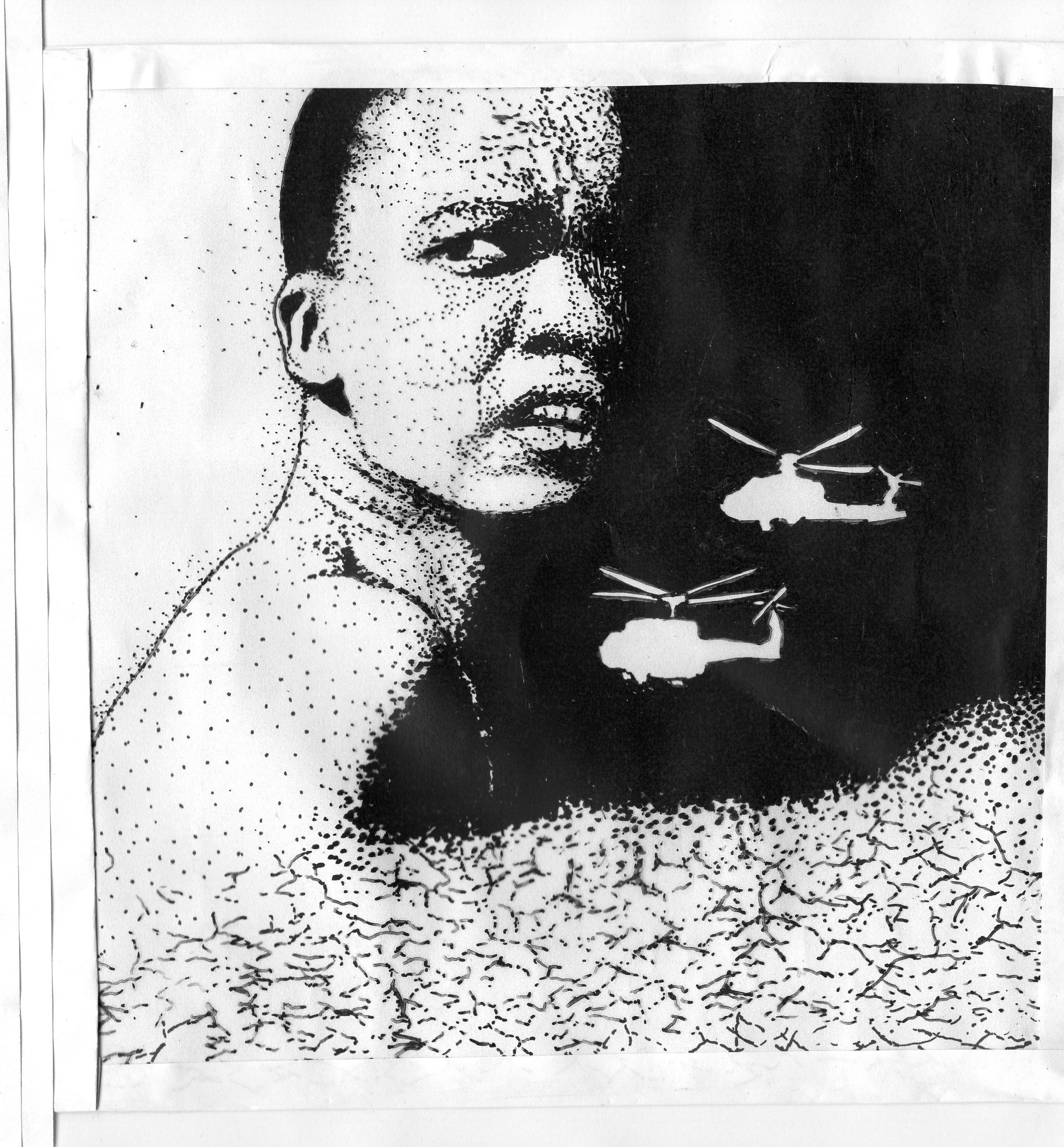I had the wonderful opportunity to attend 2017’s Montreal International Black Film Festival, and had high expectations as it was my first film festival. The purpose of this festival goes beyond simply displaying films of all lengths and types; It illuminates a cultural heritage that is often silenced during the struggle against injustice. As a black woman, I find no difficulty in relating to these topics but also welcome those who don’t experience these struggles to at least sympathize and realize their privilege in contemporary society. The festival’s theme this year was Speak up/Exprime-toi. In other words, the founders of the festival selected films that showcased a character, story, or movement that is not afraid to speak up and take a stand. I watched both the opening film, Kalushi: The Story of Solomon Mahlangu, as well as Black Lives Matter.
The opening film, Kalushi: the Story of Solomon Mahlangu, is based on the true story of the nineteen-year old hero Solomon Mahlangu. From his humble community in Mamelodi, South Africa to his execution by the state in 1976, this narrative feature film touches on the treatment of Black men in South Africa and their loss of individualism. Mahlangu’s decision to join the liberation movement results from an incident in which he was brutally beaten by the police. On top of a physical beating, spectators also witness emotional humiliation as the police officer pees on Solomon’s beaten body. The camerawork makes the act seem almost casual – it didn’t do any sensationalist close-up, that would’ve proven unnecessary. For this reason, the scene holds a heavy weight as it represents the condition of Black people in South Africa. The scene vividly depicts disgusting and base treatment of the Black body, to the extent that the audience (from the individual spectator to the rest of the population in South Africa) is desensitized. It is just another day, not much different from another.
Following the bloodshed of the 1976 Soweto uprisings, that saw black school children in South Africa protesting the introduction of Afrikaans as the medium of instruction in local schools, Solomon began rigorous military training with a rebellion regime. After his friend Mondy shoots two innocent white men in Johannesburg, Solomon stands trial under the common purpose doctrine which essentially says that Mondy’s crime is equally his own. The unfairness of this law is obvious as Solomon faces punishment for another Black man’s crime while corruption freely runs throughout the law force. Even Solomon’s older brother, an officer, experiences police brutality when other policemen question him.
The state ultimately demands death by hanging as punishment, and the film ends with one more battle cry from Solomon, a hero of the rebellion. This is not a cry of hope but rather a cry of constant, demanding efforts. It is through this persistence that battles against injustice are won.
Joseph Oesi, in his film Black Lives Matter, highlights the exploitation of South Africa’s greatest resource – its minerals. This documentary draws in the audience as it bluntly explains the struggle between the owners of the land and foreign exploitation and indulgence.
Corruption and a hunger for wealth soon followed after South Africa’s African National Congress came to power. What people hoped would be an end to inequality turned into a deeper dive into exploitation. These political and social inequalities demanded attention, particularly after 34 mineworkers were massacred at Marinkana. The ease with which these workers were killed is unsettling. In response to demanding a livable wage, they were forcefully silenced. The movie displays the exploitation of native people in all of its horror. The workers make only 10 USD a day, making their working condition close to slavery; yet, international mining companies have a net worth in the billions. I continue to be shocked at the greed of predominantly white countries.
The quote “Africa feeds the world but the world eats without Africa” came to mind halfway through the film. Capitalist interest takes the food out of the mouths of native communities without remorse. Unofficial contracts are made between mining companies and traditional leaders whose legitimacy is questioned. Community Chiefs are arbitrarily chosen without evidence of their lineage. Mining companies place these pawns in communities to facilitate their guise of working amicably with the populations near the mining sites. Naturally, foreign companies, all at the cost of their brethren, pay these false chiefs a hefty stipend each month. Tension exists three ways between mineworkers, mining companies, and traditional leaders in Mokopane.
The audience is introduced to three rural communities: the Mogales, the Kekanas, and the Mapelas, all who are facing pressure from foreign companies. The latter stood out as one of the inhabitants who courageously challenged the companies was a young woman. She stressed that the land that she is on is her birthright, it was passed down from generation to generation, as her community lived and died. There are ancestral gravesites that face the danger of being desecrated as mining companies infringe on the area to exploit its resources and peoples. It becomes clear that, at the expense of the country and through the division of local communities, a small elite holds wine glasses that overflow with the blood of a nation.
While the documentary felt overextended in some areas, it succeeded in exploring how South Africa’s resources and inhabitants are exploited by a powerful elite.The unethical and forcible mining of a major resource strips the power of the majority of the South African population. No other place in the world has such a bountiful quantity of platinum and other minerals, and still it stands that South Africans are prevented from keeping their wealth or enjoy the fruits of their labour by neocolonial greed and exploitation.

